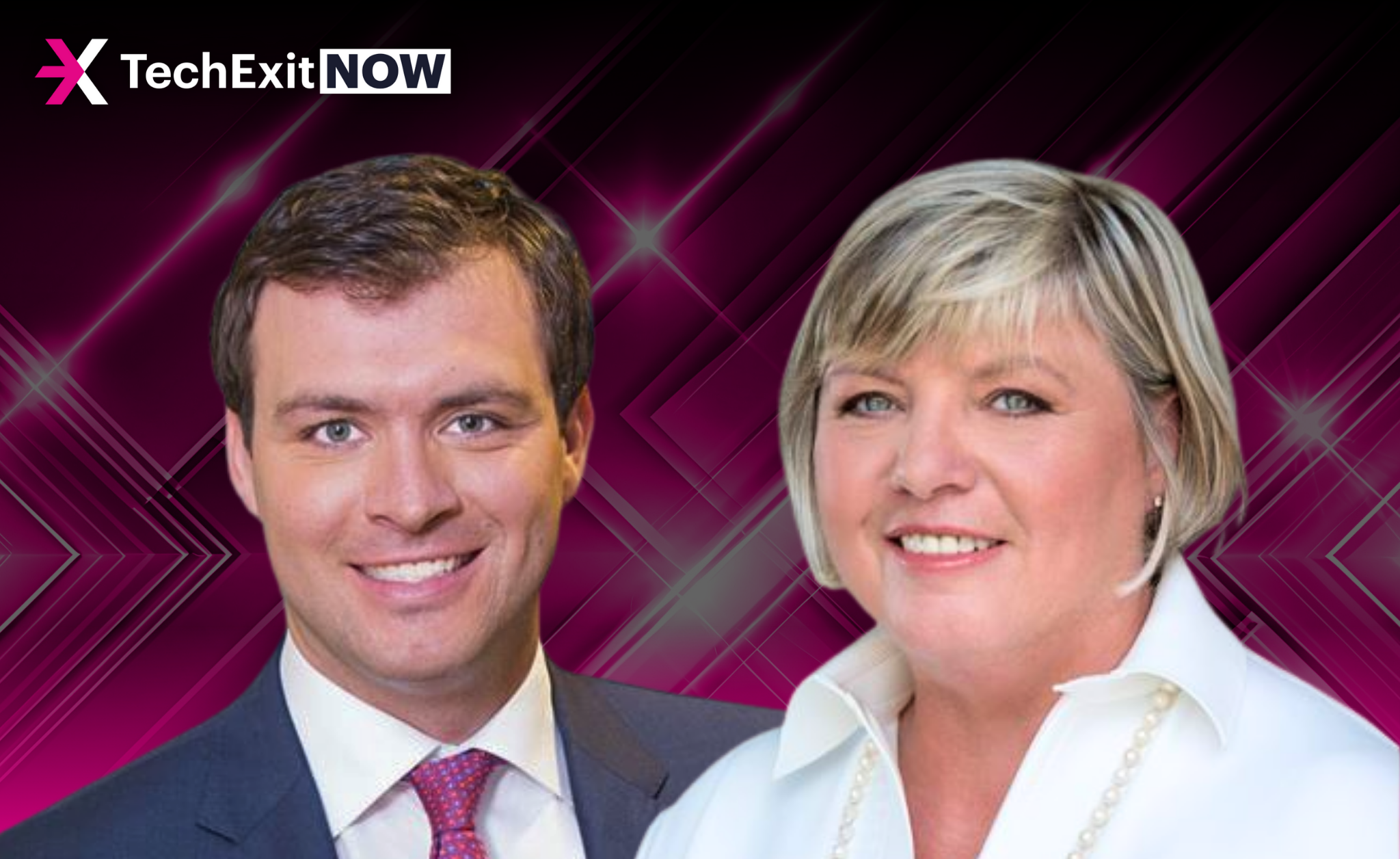An exit can change your balance sheet in a day, but adjusting from building a company to managing personal wealth takes much longer and because life rarely follows a predictable script, the “five Ds” (death, disability, divorce, dispute, and distress) can quickly turn success into stress if you’re not prepared.
With experience guiding founders, Debbie Bongard, CIM, FCSI, and Christopher Bowlby, CFA, CFP, of the Bongard Wealth Advisory Group at BMO Nesbitt Burns, help entrepreneurs navigate liquidity events and build the structures that protect wealth through every stage of life.
Their message is clear: preparation, structure, and discipline are what protect your wealth and give you freedom long after an exit.
Key takeaways:
- Liquidity first: Founders already live with concentrated risk, outside wealth must be flexible and accessible.
- Slow down post-exit: Mistakes come from rushing decisions in the transition gap.
- Legacy is more than money: The most enduring wealth plans pass on values as well as capital.
Building a company takes focus. Exiting one demands a different kind of discipline. The shift from founder to wealth steward is about building the structure to handle whatever comes next.
Markets turn. Opportunities appear and sometimes, the five Ds (death, disability, divorce, dispute, and distress) force decisions on someone else’s timeline.
The founders who stay ahead are the ones who plan for change long before it arrives.
The Founder’s Dilemma: Protecting Wealth After Liquidity
Most founders already shoulder concentrated risk; tying their net worth to their own company. When an exit finally comes, the challenge shifts from building a business to managing liquidity.
“Most founders, they already live with concentrated risk inside their net worth being dominated by their own company portfolio. Flexibility isn’t really about predicting when an exit happens, but it’s about making sure everything outside the company isn’t locked up the same way,” explains Christopher Bowlby.
The first step is always liquidity, covering near-term taxes, lifestyle, and emergencies. As Debbie Bongard puts it:
“We typically start with liquidity… because without a reserve, founders find themselves rich on paper, but short on cash when it matters most.”
This foundation creates breathing room, ensuring decisions are made with clarity, not pressure.
Slowing Down After Sudden Liquidity
Wealth on paper can change overnight, but identity and habits take longer to catch up. That gap is where mistakes happen.
“Sudden liquidity looks simple on paper, but it really is not simple in real life,” says Debbie.
“People spend their lifetime building a company… and then overnight, everything changes. That transition has to catch up with what’s happened.”
Her specialized training in Financial Transition Planning from the Financial Transitionist Institute helps clients slow down, create sequencing, and avoid emotional missteps. Christopher adds:
“We protect the essentials, pace the decisions, and then layer strategy on top. Tools like trusts or holding companies are a means to an end, not the end itself.”
The clear order; reserves first, then a managed portfolio, then illiquid and legacy planning, helps prevent costly rushing.
Building Flexibility With Liquidity
While many assume flexibility comes from clever trades, Debbie and Christopher emphasize discipline and structure.
“The most overlooked tools are also the least exciting,” says Debbie. “A simple line of credit can mean you’re not forced into selling at the wrong time.”
Debbie outlines their system: a bond ladder to cover household spending, high-quality equities and investment-grade bonds for liquidity, and a disciplined approach to illiquid assets.
Without that framework, sudden opportunities can drain wealth fast. “We’ve seen clients lock up half their liquidity into one private deal within months,” warns Christopher.
The solution is diversification by vintage, asset type, and manager, mirroring the discipline applied to public markets.
Staying Exit-Ready In Any Market
Markets can shift overnight, and so can life. “Exits rarely happen on your schedule,” says Debbie.
“You’ve got the five Ds; death, disability, divorce, dispute, distress. Founders that do best treat readiness as ongoing discipline.”
That means keeping the company “show ready” for diligence while ensuring personal readiness; family conversations, alignment on goals, and clarity about life after the business.
Christopher frames the key question: “If the right offer came tomorrow, what would hold you back?”
Beyond Money: Legacy, Purpose, & The Next Chapter
For many founders, selling the business brings a loss of identity.
“An exit is not an ending, it’s a transition,” says Debbie. Some reenter through board seats or mentoring; others find new pursuits.
“We’ve seen founders buy a plane and spend a year learning to fly, then return to consulting for the private equity firm that bought their business.”
The wealth itself often falls into three pillars: lifestyle, philanthropy, and the next generation.
“What is your legacy? What is your legacy that you’re passing on?” Debbie asks.
For the Bongard Wealth Advisory Group, family, philanthropy and structure are part of that legacy.
“You have to have that structure in place if you want the money to last for generations. You always hear the stories about the Rockefellers and the Vanderbilts, one had those structures in place, and one didn’t,” says Debbie.
With over five generations in Canadian finance, their perspective blends lived history with modern discipline.
As Debbie continues to reflect: “Flexibility doesn’t come from improvisation. It comes from early infrastructure.”
Final Word For Founders
Wealth after an exit isn’t just about numbers, it’s about transition, discipline, and readiness.
Debbie and Chris’ advice is simple but powerful:
- Protect the essentials first.
- Resist rushing.
- Build the structure early.
- Align family and personal goals with financial ones.
In other words, don’t just prepare your company for sale, prepare yourself and your wealth to thrive after it.
TechExit.io is the M&A ready event for tech entrepreneurs. Learn from the biggest acquisition success stories and connect with the players that made them happen at TechExit.io.



